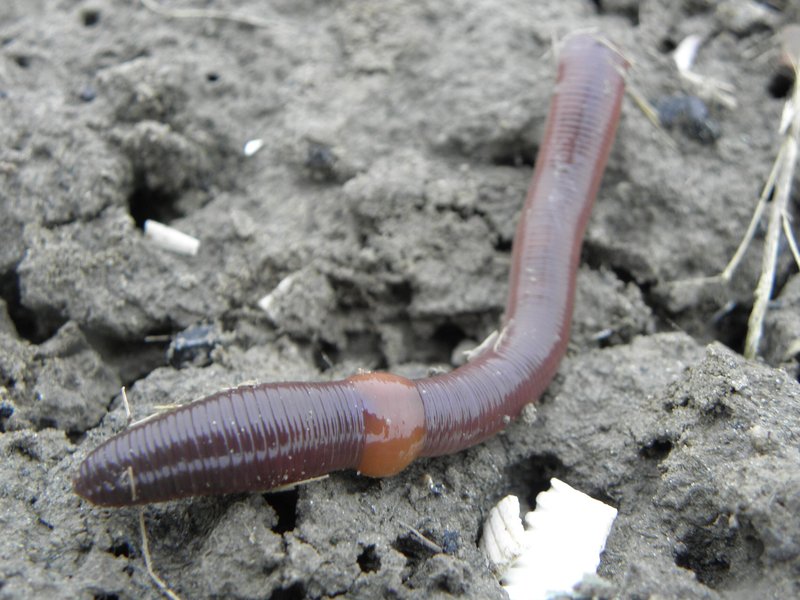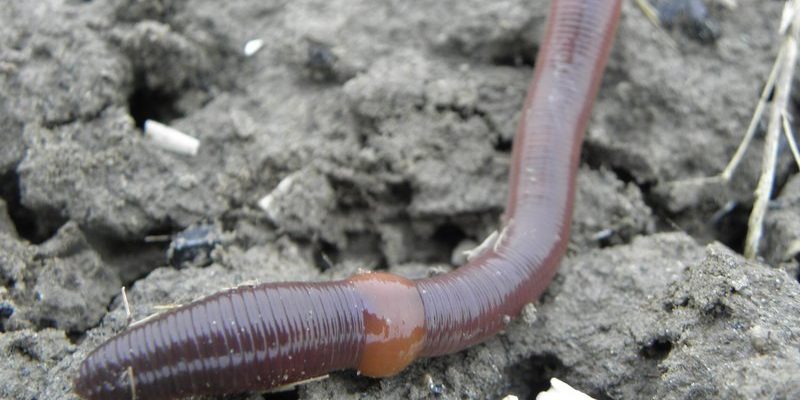
So, what’s nipping at the heels of our little friends, you might wonder? Predators and environmental factors loom large in the mudworm’s world. From hungry fish to shifting habitats, these elements shape the challenges mudworms must navigate every day. In this article, we’ll dive deep into the predators and environmental threats facing mudworm populations, painting a full picture of their plight.
Understanding Mudworms: The Basics
Before we jump into their challenges, let’s take a moment to understand what mudworms are. These creatures, often found in freshwater environments like rivers and lakes, play essential roles in the ecosystem. They aren’t just digging around aimlessly; they’re busy aerating the soil and recycling nutrients. Think of them as nature’s tiny composters, transforming detritus into something usable.
Mudworms belong to various families, but they share similar characteristics: long, slender bodies and a segmented appearance. You might find them hidden in the mud or sand, where they’re safe from most predators. This camouflage helps them survive, but it also highlights how vital their habitat conditions are to their existence.
The Predators of Mudworms
Mudworms face threats from various predators that lurk in their watery habitats. Let’s explore some of their most significant foes.
Fish
Fish are among the primary predators of mudworms. Species like panfish, catfish, and even larger predators hunt mudworms as a primary food source. The relationship between mudworms and fish is a classic example of nature’s balance. Fish need energy, and mudworms provide that. However, the fish populations can be affected by overfishing or habitat destruction, leading to fluctuations in their hunting behaviors.
This predator-prey dynamic plays a crucial role in mudworm populations. If fish populations decline, mudworm numbers might rise, potentially leading to overpopulation and subsequent habitat degradation. The health of the fish community is closely linked to the survival of mudworms.
Birds
Birds like herons and ducks also see mudworms as a tasty treat. These feathered predators use their sharp beaks to probe the mud, searching for their wormy snacks. The presence of these birds can significantly impact mudworm populations, especially in areas where birds gather in large numbers.
The predatory pressure from birds varies seasonally. During migration, for example, the number of birds can spike, leading to increased predation on mudworms during those times. It’s a reminder of how dynamic ecosystems can be—where one change in a species’ behavior can ripple through the food web.
Invertebrates and Other Creatures
Let’s not forget about other invertebrates, like certain types of crabs and even larger worms, which also prey on mudworms. These creatures may not be as well-known as fish and birds, but they play a role too. The competition and predation among invertebrates contribute to the challenges mudworms face.
Mudworms must constantly adapt to survive. This predation pressure highlights just how important understanding these relationships is for conservation efforts.
Environmental Threats to Mudworms
Predators aren’t the only issue for mudworms; environmental factors pose significant threats as well. Let’s look at some of these challenges.
Pollution
Pollution is a significant problem for mudworm populations. Chemical runoff from agriculture, urban areas, and industrial activities can contaminate the water where mudworms live. This pollution can lead to a decline in their populations as it affects their health and the health of their habitats.
For instance, sedimentation can smother mudworm habitats, making it harder for them to find food and reproduce. Additionally, pollutants can disrupt their reproductive cycles, leading to further declines.
Habitat Destruction
Consider the impact of urban development. As cities expand, wetlands and estuaries—prime mudworm habitats—are often drained or filled. This destruction not only reduces available living space for mudworms but also disrupts the entire ecosystem.
When mudworm habitats disappear, it’s not just the worms that suffer. The fish that rely on them for food also face hardships, creating a cascade effect that can harm the entire food web.
Climate Change
Climate change is another looming threat. Changes in temperature and rainfall patterns can alter the habitats mudworms rely on. Rising water temperatures might make conditions less favorable for their survival, while more extreme weather could lead to habitat loss or changes in water quality.
Shifts in climate can also affect the predators of mudworms, altering their distribution and population dynamics. It’s a complex web of interactions that can leave mudworms in a precarious position.
Conservation Efforts
With predators and environmental threats in mind, it’s essential to consider what can be done to help mudworm populations thrive. Conservation efforts play a vital role here.
Habitat Protection
Protecting natural habitats is crucial. By preserving wetlands and aquatic ecosystems, we can create a safer environment for mudworms. Advocating for responsible land use and supporting conservation initiatives can help maintain these vital ecosystems.
Every little effort counts. Whether it’s participating in local clean-up days or supporting organizations dedicated to environmental protection, you can make a difference.
Pollution Control
Working towards reducing pollution is another critical aspect. Favoring sustainable agricultural practices, minimizing chemical usage, and promoting responsible waste management can all contribute to cleaner waterways.
Community awareness campaigns can also help educate others about the importance of keeping habitats clean. The more people understand the threat that pollution poses, the more likely they are to take action.
Research and Monitoring
Lastly, ongoing research and monitoring of mudworm populations are essential. By understanding their behavior, habitat needs, and reproduction patterns, conservationists can develop strategies to protect them effectively.
Data-driven decisions can make all the difference for mudworms and their ecosystems. Supporting scientific research through funding or awareness can elevate the conversation around these important creatures.
Wrapping It Up
Mudworms may not be the flashiest creatures in nature, but they’re essential players in their ecosystems. By understanding the predators and environmental threats they face, we can take steps to protect them. From pollution to habitat destruction and the challenges posed by their natural predators, these little worms encounter a lot in their watery worlds.
Ultimately, taking action to protect mudworm populations benefits not only them but the entire ecosystem they support. So, next time you think about mudworms, remember they are more than just worms in the mud—they are part of a delicate balance that keeps our environments healthy. Together, we can be the advocates that help sustain their populations for the future.

